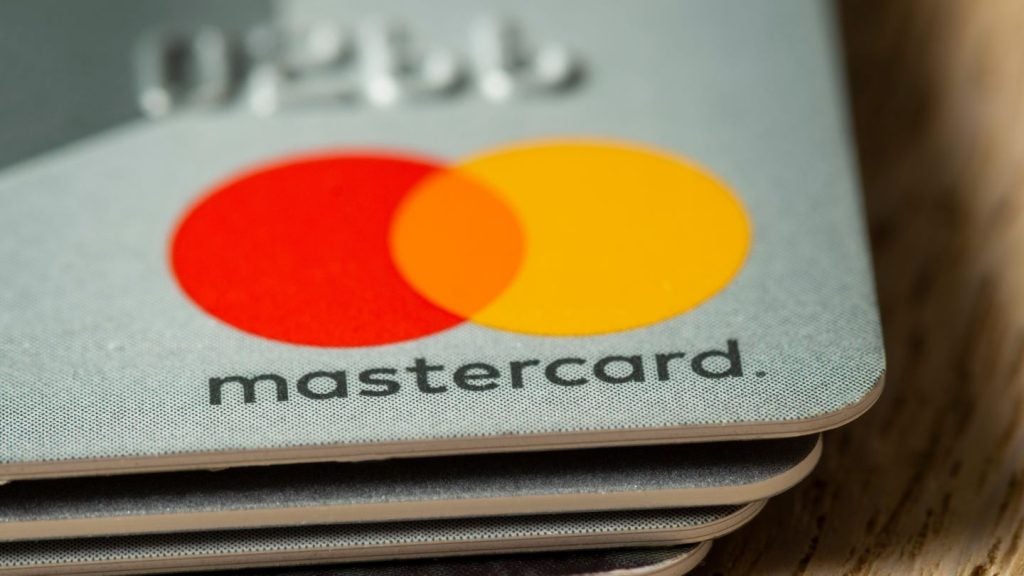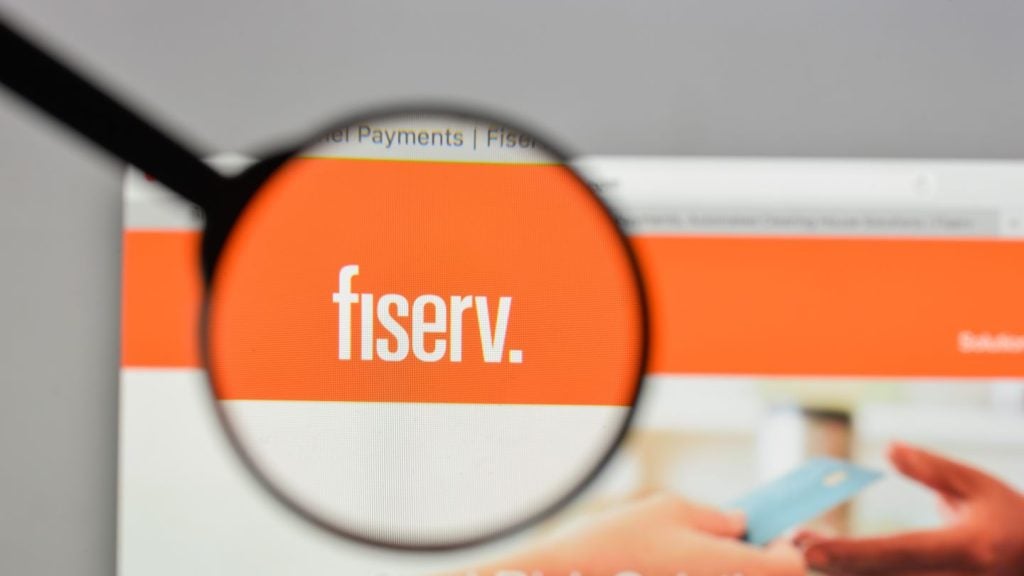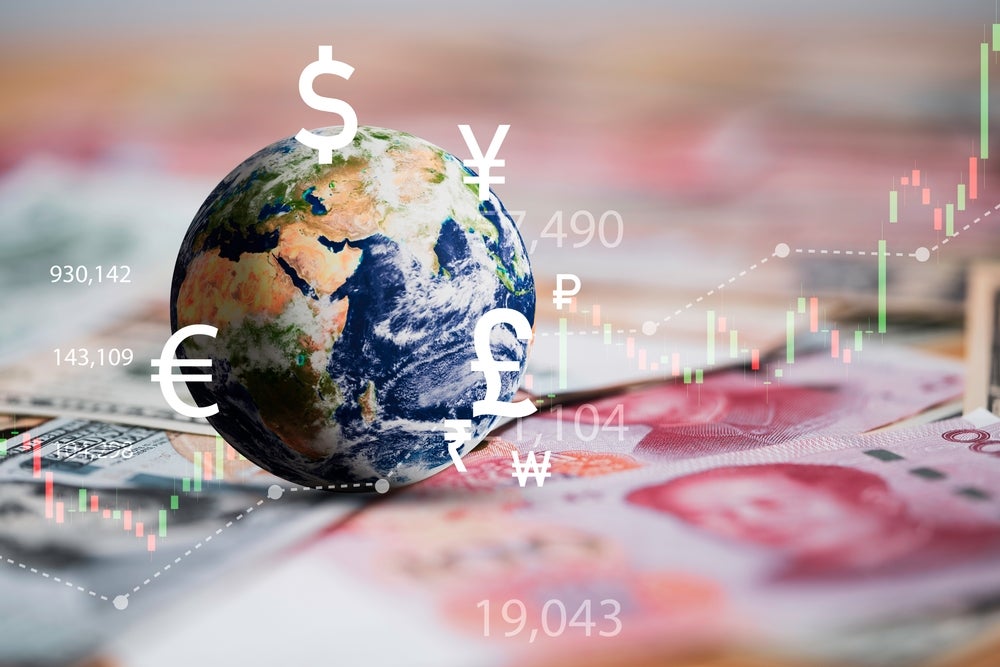Global financial brand and payment behemoth Mastercard has decided to make a change to its logo. While not major – simply removing its name – it nevertheless signifies a shift. What is the purpose of the move? And what are Mastercard’s market goals for the upcoming year? Patrick Brusnahan reports
Mastercard has decided to remove the company’s name from its logo of two intersecting circles in order to reinvent its brand in digital age.
The card giant said the change comes as more than 80% of people are able to spontaneously recognise its logo without the word ‘Mastercard’.
A statement from the company read: “As the consumer and commerce landscape continues to evolve, the Mastercard symbol represents Mastercard better than one word ever could, and the flexible modern design will allow it to work seamlessly across the digital landscape.
“The instantaneously recognisable circles are a powerful symbol that bring people closer to their passions and give them the confidence and trust that their transactions are secure.”
The latest change to the company’s brand identity follows an update made in July 2016, where it changed the name in the logo from ‘MasterCard’ to ‘mastercard’.

Recognition
Why remove the name from Mastercard’s logo? While it is a global brand with wide recognition, it is still a bold choice. Interbrand ranks Mastercard as the 70th-biggest brand in the world with a brand value of $7.55bn, having recorded a 19% increase between 2017 and 2018.
Speaking to CI, Nicola Grant, head of marketing – UK and Ireland at Mastercard, explains: “One of the reasons is that we can.
“What do I mean by that? We have 50 years’ worth of brand history under our belt. We have significant presence across the world. There are a couple of billion cards with our logo. From that perspective, we’re in a good position.” She adds: “We have over 80% recognition of the interlocking circles, the symbol associated with Mastercard, particularly in North America and the UK; it is at its strongest. We’re fortunate enough to be in a position to do that.”
However, there are bigger reasons to make the change. The two main deciders were functionality and emotional brand.
Grant continues: “In a market like the UK, there is an importance of that symbol as an acceptance notification: as a consumer, I see those circles and know it is okay to pay here. If you consider the shift to e-commerce and the size of a mobile device, being able to have that visibility or greater visibility from an acceptance perspective is very important. Creating a logo that is clearer, bigger and works better in a digital environment is necessary for today.
“We already have services that extend beyond the card; in the future, in 10-20 years’ time, what will the relevance of that be? It’s about being relevant right now, operating in a digital space as the payment brand – the freshness of it, the vibrancy of it, and also how we’re starting to future-proof the brand for our business as the way consumers pay and shop continues to evolve.”
Online and digital are huge priorities. From a marketing perspective, 60% of Mastercard’s investment goes into that space. In the UK, the firm considers itself to be more of a digital, social marketing activator than on television.
Emotive response
Crucial for a brand is an emotional response, and this is something Mastercard believes it has in spades.
“Mastercard is a brand that has played very strongly in the emotive marketing space from a brand perspective,” Grant says.
“‘Priceless’ is a campaign that we’ve led with for 21 years now, that is underpinning the things that matter rather than the things you buy. If you think about the continued evolution of brands that need to cut through today, the role is to keep pushing the brand forward from an emotional perspective.
“There are very few global brands that appear as a symbol or as an icon, and they have a niche place. Visually, this creates an emotional reaction, much more than words or copy would. It can create an automatic emotional reaction with the consumer. There are functional reasons, but there are also emotional reasons; it is about progressing our brand, not just as a payment brand.”
The Priceless campaign will continue and evolve in 2019, as Grant believes it can “always work”. However, while people will always have things matter to them, the campaign needs to be culturally relevant and “in the moment”, and one way to do this is through sponsorships.

Sponsorship
One thing to which Mastercard pays particular attention, both globally and in the UK, is tapping into passions. Whether that be music, sports or anything else, Mastercard associates itself with events to make sure it accesses those passions.
Grant says: “If you are a massive fan of rugby, good news: the Rugby World Cup is later this year and we’ll be doing a lot of work and marketing campaigns around the event. If your passion is music, we have a big campaign running around this year’s Brit Awards. A big part of what we do and how we continue to focus on the things that matter is underpinned by our sponsorship.
“One of the things that we find really successful from focusing on passions is that you can cut through. You’re reaching someone with something they really care about. If you’re in a multi-device situation and you see an alert or some content coming in on the thing you love the most – be it football, rugby, music or theatre – as an individual with a passion, you consume that content over and above anything else you look at.”
Mastercard’s sponsorship of the Brit Awards involved a two-pronged campaign: it was about music but also “very meaningful”. As a result, it hit 99.9% positive sentiment, and “authenticity is fundamental to that”.
Sentiment is an important factor when assessing the success of a campaign, but there are others. “We have different metrics for different campaigns which have different objectives,” Grant explains.
“There are times that we want a short-term return in terms of a campaign for preference of POS. There might be raising awareness for a particular type of product. We might be trialling a new payment technology; the key performance indicators [KPIs] we apply to that are essentially aligned to the objective. Sometimes it’s a brand-building campaign, and then it is brand KPIs. Sometimes it’s a new payment product and we want our customers testing it; our KPIs will then be focused on that.”







